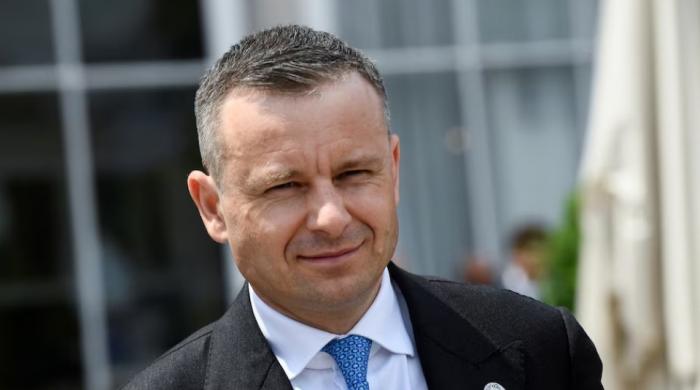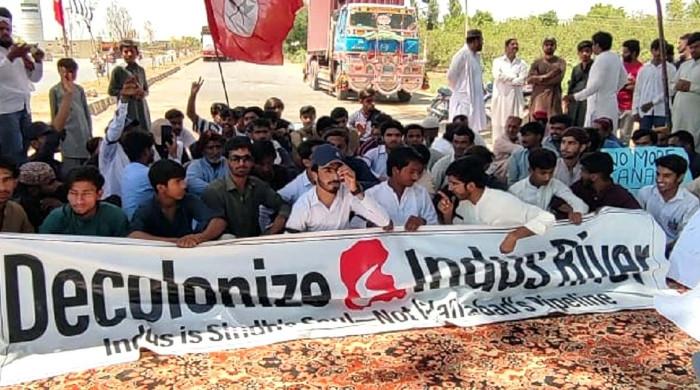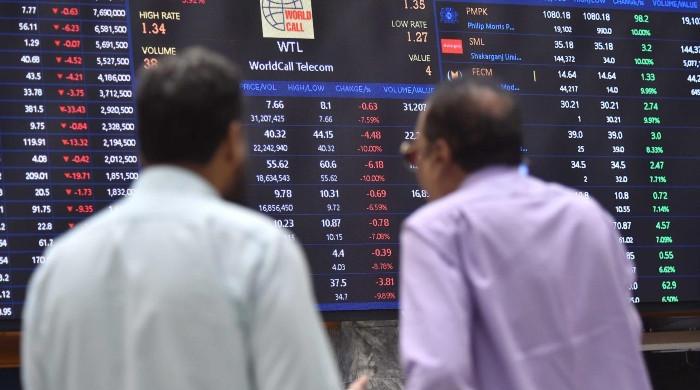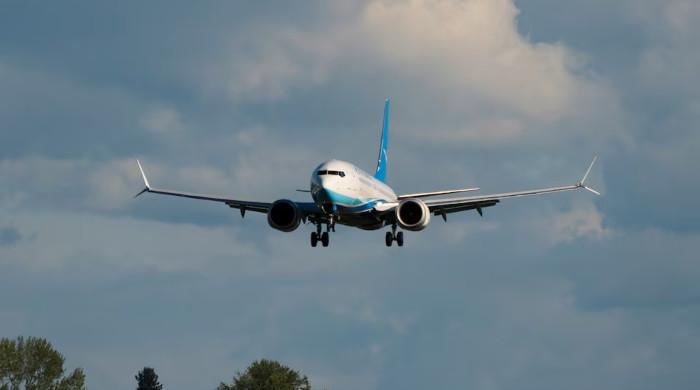Rupee continues to sink, closes at 200.14 against US dollar in interbank market
In open market, rupee was selling at 202 against greenback at close
May 20, 2022
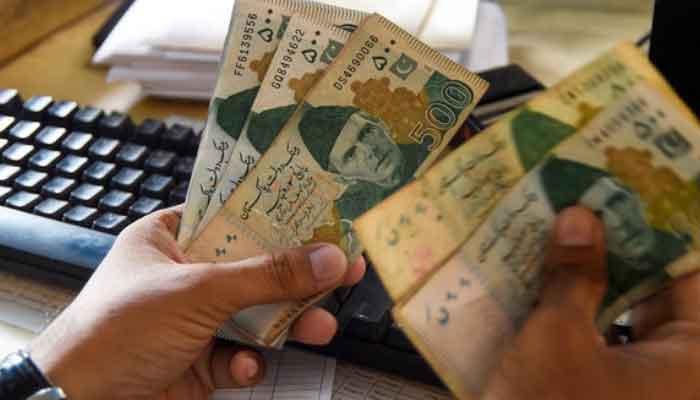
- In the open market, rupee closes at 202 against the greenback.
- Investors are concerned about the pace of rupee fall, lack of SBP's support.
- Rupee has maintained the trend of making and breaking records for the ninth consecutive working day.
KARACHI: The rupee extended its fall and dropped 0.07% against the US dollar in the interbank market on Friday to close at Rs200.14 as investors expressed concern over the pace of its fall and a lack of support from the central bank.
According to the State Bank of Pakistan (SBP), the rupee, for the first time in the history of Pakistan, closed at Rs200 on Thursday.
In the open market, the rupee was sold at 202 against the greenback, rates released by the Forex Association of Pakistan showed. However, some dealers are selling it at an even higher rate of 203-205 in the market.
Economic experts and financial pundits link the depreciation of the currency to the bailout talks with the International Monetary Fund (IMF), which are underway in Doha, apart from intensifying the balance of payment crisis, increasing political uncertainty and eroding investor confidence in the country’s economy.
Read more: Which items has the government banned?
The government is seeking to increase the size and duration of the loan programme along with the immediate release of $1 billion tranche as it is in dire need of external financing amid depletion in the foreign exchange reserves. The forex reserves of the central bank declined to $10.3 billion during the week ending May 6 which can cover less than two months of imports.
It is worth mentioning that the country follows a market-based exchange rate where the currency moves are determined by the market forces of demand and supply.
The domestic currency has maintained the trend of making and breaking records for the ninth consecutive working day as it cumulatively lost nearly 8% or Rs15 in the last 11 sessions.
The currency hit a record low of Rs188.66 on May 10. It then plunged to Rs190.02 on May 11, fell over Rs191 on May 12, reached Rs192.52 on May 13, and sank below Rs194 on May 16, down to Rs195.74 on May 17, closed at Rs198.39 on May 18 and breached the startling milestone of Rs200 yesterday (May 19).
Read more: Pakistan's economy grew 5.97% in FY22
Since the beginning of this fiscal year (July 1, 2021) to date, the rupee has collectively dropped by a massive 27.04% (or Rs42.6) compared to the previous fiscal year’s close at Rs157.54.
The rupee has maintained a downward trend for the last 13 months. It has lost 31.43% (or Rs47.87) to date, compared to the record high of Rs152.27 recorded in May 2021.
Earlier, speaking to Geo.tv, former finance minister Dr Hafiz Pasha had said the revival of the IMF programme has become a necessity for Pakistan in order to curb dollar flight.
“In the next few days, rupee-dollar parity depends on how talks with the Fund mission unfold,” he had said, reiterating that if Pakistan’s delegation successfully convinces the IMF to revive the stalled multibillion-dollar programme then the local currency will stabilise.
Pasha, however, emphasised that if Pakistan moves towards fresh polls this will “negatively” impact the local currency.
“Call for fresh elections would create uncertainty in the short run,” he had said, adding that Pakistan would also have to stall the IMF programme because the caretaker government does not have enough powers to involve in discussion with the Fund.
“It is important for the new government to present a proper federal budget for the fiscal year 2022-23 which is the second important factor that would play role in stabilising rupee-dollar parity,” he concluded.
Govt’s ‘emergency economic plan’
Taking notice of the dollar flight and other economic woes, the federal government has devised an economic plan in a bid to take the country out of the financial turmoil and, "for the first time", a complete ban has been imposed on luxury and non-essential items.
"This is an emergency situation and Pakistanis will have to make sacrifices under the economic plan. This will have a quick impact on foreign reserves. The ban will have an impact of $6 billion," Information Minister Marriyum Aurangzeb had said during a press conference.
Aurangzeb has mentioned that the government's focus was to reduce imports and, therefore, it was about to introduce an export-oriented policy, which would benefit the local industry and producers.






